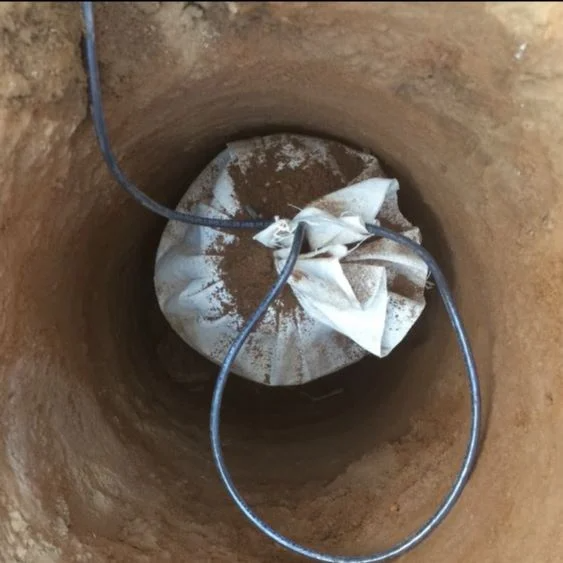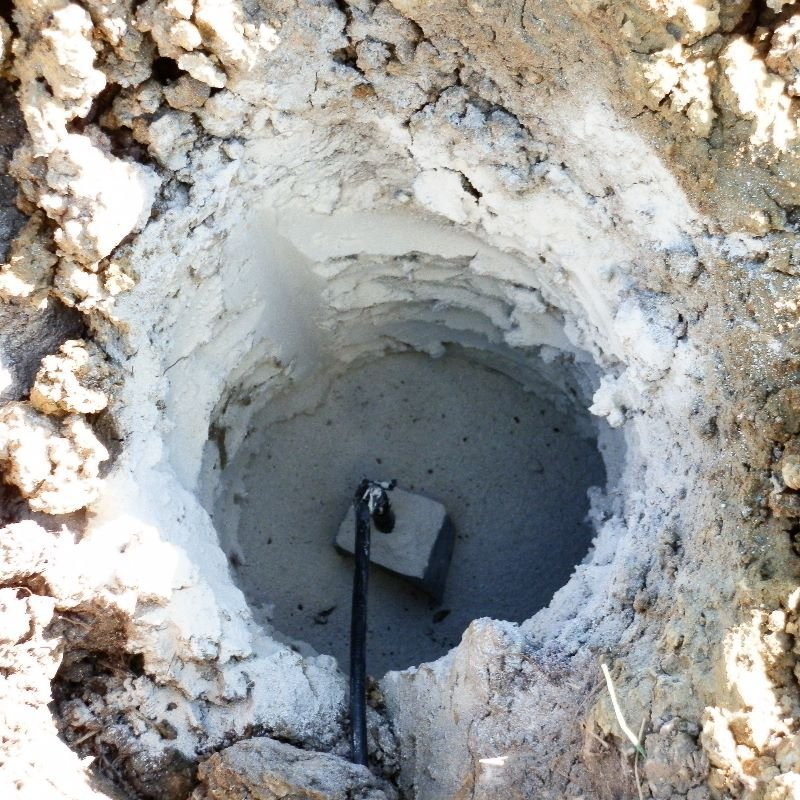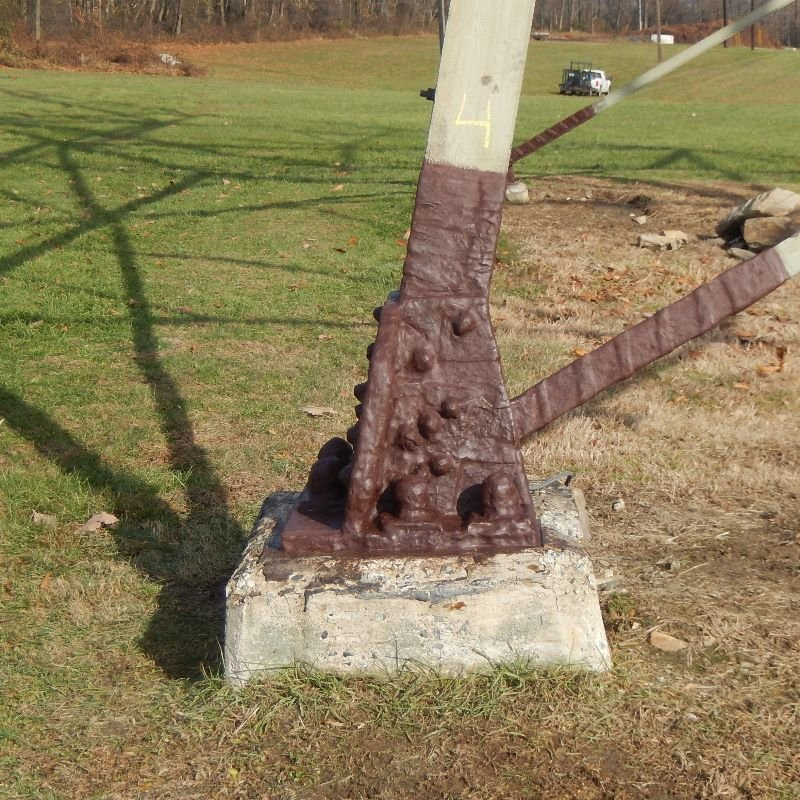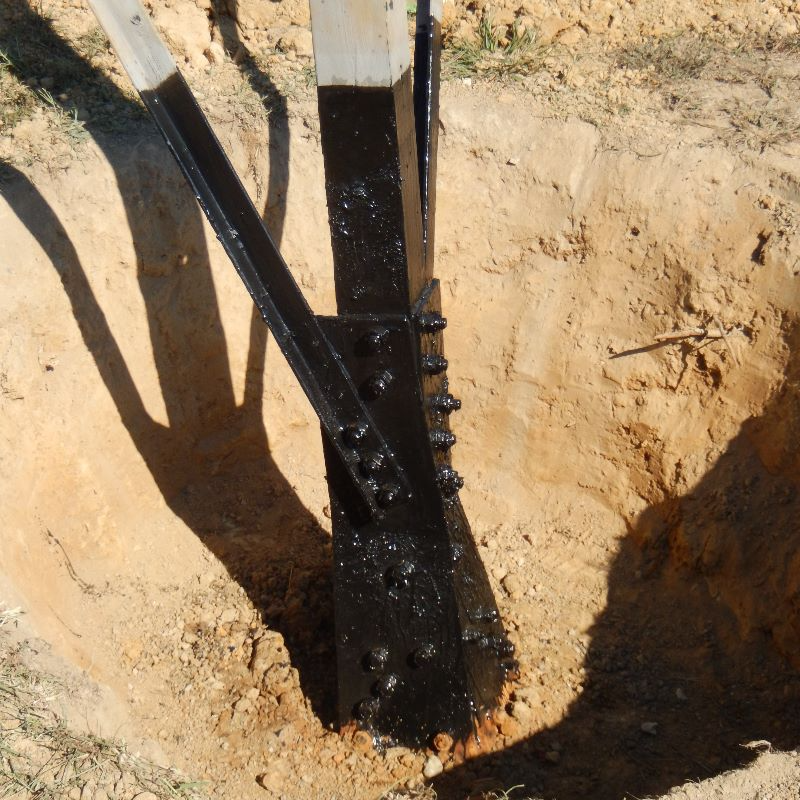Modern Era of Steel Structure Assessment
Steel electric utility structures serve as the backbone of our national transmission grid. Once thought to be impervious to degradation, recent history has shown that they are susceptible to weakening from corrosion activity. This degradation is compounded by the fact that steel structures are often placed in areas where environmental conditions can directly impact corrosion activity. Environmental conditions local to the structure can have a dramatic impact on the structure’s integrity over relatively short periods of time. This impact is especially critical at and below the groundline area. Land uses, such as agriculture and industry, can also contribute to degradation of structural foundation components. These affects can be accelerated by unseen defects in alloy, flaws in factory coatings, or even damage from construction activities.
Mitigation Methods
Mitigation methods have been used in gas, petroleum, and other similar industries for many years to slow or halt corrosion activity. Many of these mitigative products can be readily adapted for use in similar applications on utility structures.
Coatings
Coatings protect the structure from exposure to its surrounding environment, providing a barrier against moisture and other factors that contribute to corrosion activity.
Coatings are available in several different types suited to a wide variety of applications. It is important that the correct coating is used in the right application to achieve protection.
An effective coating application program can significantly reduce corrosion activity, lessen the need for structural repairs, and extend service life.


Cathodic Protection
When coatings alone are not sufficient to protect structures from the effects of corrosion, an additional measure of protection that can be applied using cathodic protection in the form of sacrificial anodes.
Sacrificial galvanic anodes give up of themselves to protect steel structures from corrosion by means of galvanic reaction that takes place between the steel and the anode.
Because of the varying amount of steel exposed in the ground on various structures, protective anode systems, are designed specifically for the structure they are to protect. Misapplication of anodes will usually result in inadequate protection for the structure and will likely lead to an early failure of the anode system.
Because of the aging infrastructure we have in the United States relative to the national power grid, it is important to bring to light practices and methodologies to the electric utility industry that help to improve practical economic decisions concerning its long-term durability.
For more information about corrosion mitigation methods, contact your Osmose professional, email steel@osmose.com
.png?width=243&name=Osmose-logo-(white).png)


